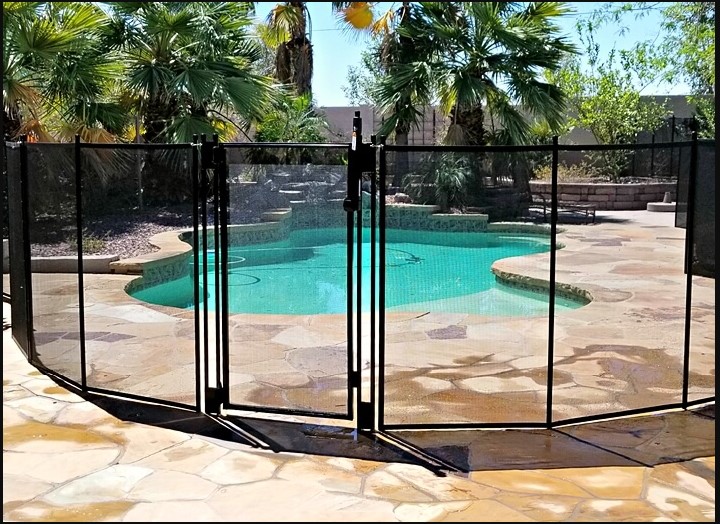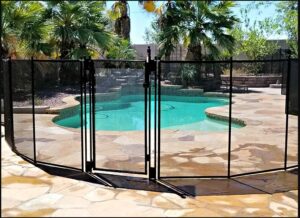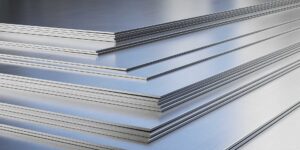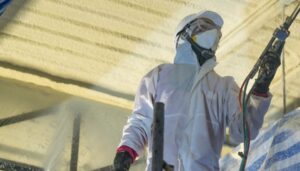What Are the Benefits of Upgrading Your Attic Insulation in Winter
Upgrading your attic insulation in winter provides immediate energy savings, improved indoor comfort, and long-term performance benefits. Winter is the time when your home’s thermal resistance is put to the test. If the attic lacks sufficient insulation, warm indoor air escapes quickly, leading to higher heating costs and colder living spaces.
By upgrading attic insulation in winter, homeowners take advantage of peak seasonal efficiency. Air leakage, radiant heat loss, and conduction through the ceiling are most severe during cold months. An insulation upgrade directly reduces these effects, delivering quick comfort improvements and measurable energy efficiency. This guide explains why timing, material selection, and performance metrics matter when upgrading attic insulation in winter.
Why Attic Insulation Upgrades Matter in Winter
Energy Efficiency Becomes Immediate
Insulating in winter ensures your heating system isn’t overworking to replace lost warmth. The Department of Energy reports that a properly insulated attic can reduce overall heating costs by 10% to 50%, depending on climate and existing conditions. This immediate impact on energy bills makes winter insulation upgrades both practical and cost-effective.
Indoor Comfort Improves Significantly
Winter insulation upgrades help maintain stable room temperatures and prevent drafts. The temperature difference between the attic and living space is often widest in winter. Improved insulation creates a more consistent thermal barrier, eliminating cold ceilings and uncomfortable fluctuations in interior temperatures.
How Attic Insulation Works in Cold Weather
Attic insulation functions by resisting heat flow from warm indoor areas to the cold attic space above. Heat moves through conduction, convection, and radiation. Each mode of heat transfer must be addressed for optimal winter protection.
| Heat Movement Type | Function in Winter | Role of Insulation |
| Conduction | Heat travels through ceiling materials | Insulation slows this movement |
| Convection | Warm air rises into the attic | Proper insulation blocks airflow |
| Radiation | Heat radiates to colder surfaces | Reflective materials reduce this loss |
Comparison of Insulation Types for Winter Performance
| Insulation Type | R-Value per Inch | Air Sealing | Moisture Resistance | Ideal for Cold Climates | Lifespan |
| Fiberglass Batts | 2.9–3.8 | Low | Low | Basic | 10–25 years |
| Cellulose Blown-In | 3.2–3.8 | Low | Moderate | Moderate | 20–30 years |
| Mineral Wool | 3.0–3.3 | Moderate | High | Very Good | 30+ years |
| Open-Cell Foam | 3.5–3.6 | Good | Moderate | Good | 20–30 years |
| Closed-Cell Foam | 6.0–7.0 | Excellent | Excellent | Excellent | 30–50 years |
Bonus Tip: Closed-cell foam not only insulates but also adds structural strength, making it ideal for attics in snow-heavy areas.
Key Technical Performance Specifications
| Performance Metric | Description | Importance in Winter |
| R-Value | Resistance to heat flow | Higher R-value = better winter performance |
| Vapor Permeability | Moisture transfer rate through the material | Low permeability prevents condensation |
| Air Leakage Rating | Ability to block airflow | Air sealing improves thermal efficiency |
| Compression Strength | Load-bearing ability without collapse | Important for insulation under heavy snow |
| Fire Resistance Rating | Flame spread and smoke production rating | Required for safety code compliance |
Why Winter Is the Best Time for Insulation Upgrades
The Problem is Most Obvious
In winter, comfort problems become noticeable: cold spots, temperature swings, high heating bills. Upgrading insulation during this time directly addresses visible issues when they matter most.
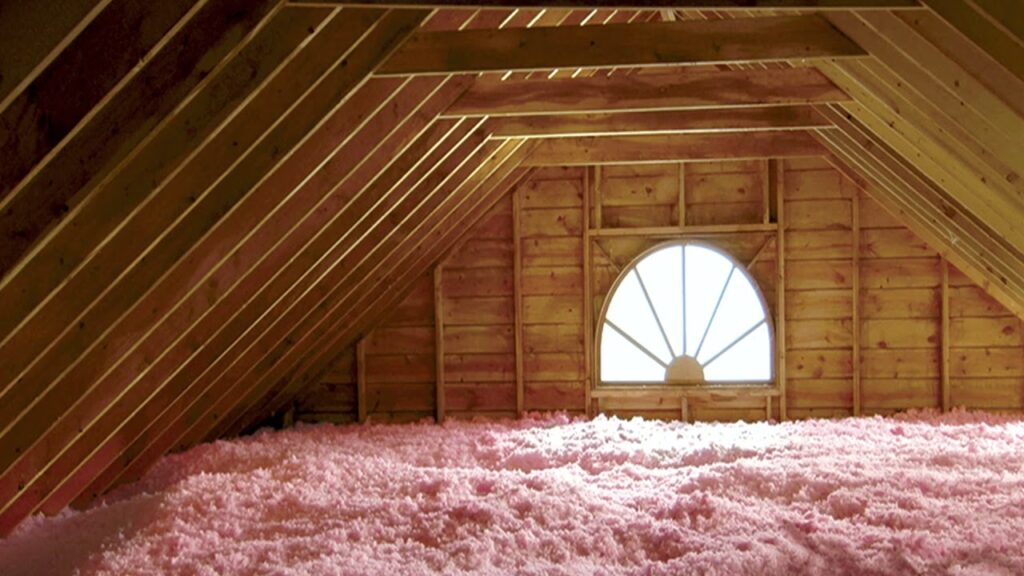
Financial Incentives Align with Winter Projects
Utility companies and government programs often offer insulation rebates during the heating season. Homeowners may qualify for energy efficiency credits, especially if they meet minimum R-value requirements or complete whole-home improvements.
Installation Can Be More Efficient
Dry, cold conditions are ideal for certain insulation types. Foam cures more reliably in low humidity. In addition, contractors may have greater availability in non-peak renovation months, allowing for better scheduling.
Real-World Energy Data
According to Natural Resources Canada, a home with upgraded attic insulation can reduce annual heating energy use by up to 30% compared to one with outdated or insufficient insulation. The U.S. Energy Information Administration also reports that attic insulation is one of the most cost-effective energy upgrades, with a high return on investment in northern climates.
Things to Consider Before Making a Decision
Assess Existing Insulation
Check for:
- Uneven or compressed insulation
- Gaps, air leaks, or exposed joists
- Moisture staining or mold
- Rodent activity or insulation disturbance
If any of these are present, removal or sealing may be necessary before new insulation is installed.
Know Your Climate Zone
Insulation levels should meet or exceed building code recommendations. These vary by region.
| U.S. Climate Zone | Recommended Attic R-Value |
| Zones 1–2 | R-30–R-49 |
| Zones 3–4 | R-38–R-60 |
| Zones 5–7 | R-49–R-60+ |
Colder regions demand more robust insulation, especially in attic spaces directly below unconditioned roofs.
Check for Proper Attic Ventilation
Adding insulation must not block soffit or ridge vents. A balance of intake and exhaust ventilation is critical to prevent moisture buildup and ice damming.
Bonus Tip: Use insulation baffles to maintain airflow from soffits during installation.
Accessibility and Project Scope
Narrow attics or cluttered spaces may require loose-fill or foam products. Evaluate:
- Ceiling height
- Obstructions (ductwork, joists, wiring)
- Existing air sealing and vapor barriers
Professional assessments often help avoid poor material selection or incomplete coverage.
Common Questions About Winter Insulation
Can insulation be installed in freezing temperatures?
Yes. Most materials are rated for cold weather installation. Foam types often perform better in low humidity, while blown-in options work with proper attic prep.
Should old insulation always be removed?
Not always. If the insulation is dry, mold-free, and pest-free, it can be left in place and topped up. Damaged or contaminated material should be removed.
Will I see a difference right away?
Yes. In many cases, homeowners notice warmer rooms, fewer drafts, and reduced furnace cycling within days of upgrading attic insulation.
Does attic insulation prevent ice dams?
It helps. Proper insulation combined with ventilation reduces attic heat buildup, a major cause of roof ice damming in cold climates.
Can I combine insulation with air sealing?
Absolutely. Sealing attic penetrations (wiring holes, duct joints, recessed lights) before insulation increases the overall performance of the system.
Attic Insulation Upgrade FAQ
How much insulation do I need in the attic?
For most cold climates, R-49 to R-60 is recommended. This may require 16–20 inches of loose-fill or high-performance foam insulation.
Is it better to upgrade in winter or wait for spring?
Winter is better if you want immediate energy savings and comfort. Issues are also easier to diagnose when your home is under thermal stress.
What is the most cost-effective insulation type?
Blown-in cellulose offers a good balance between cost and performance. Foam types provide superior air sealing but come at a higher price.
Will attic insulation reduce noise?
Yes. Insulation helps reduce outdoor noise transfer and limits sound from upper floors or the roof.
Do insulation upgrades increase home value?
Yes. According to remodeling data, attic insulation upgrades provide one of the highest returns on investment of any energy retrofit.
Make the Right Decision
Upgrading attic insulation services in winter brings immediate and lasting results. Homes retain warmth more efficiently, heating costs drop, and comfort improves across all rooms. The timing aligns with both physical needs and financial incentives, making winter one of the most strategic seasons for this upgrade.
Evaluate your current attic condition, climate zone, and available insulation types. Choose a solution that meets both performance and building code standards. With the right materials and approach, winter insulation upgrades can transform how your home performs during the coldest months of the year.

